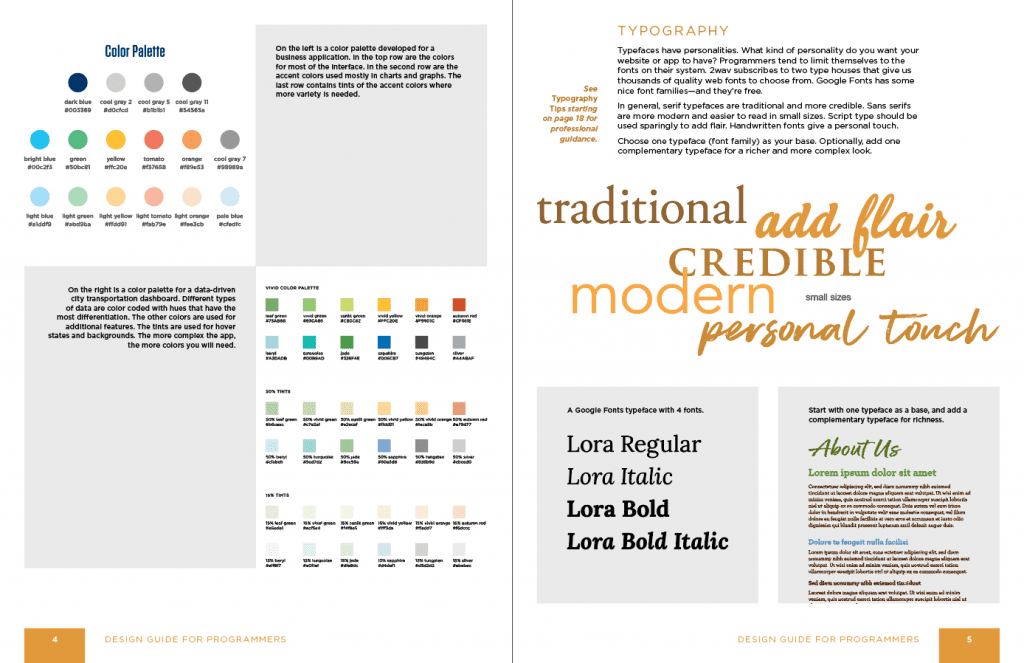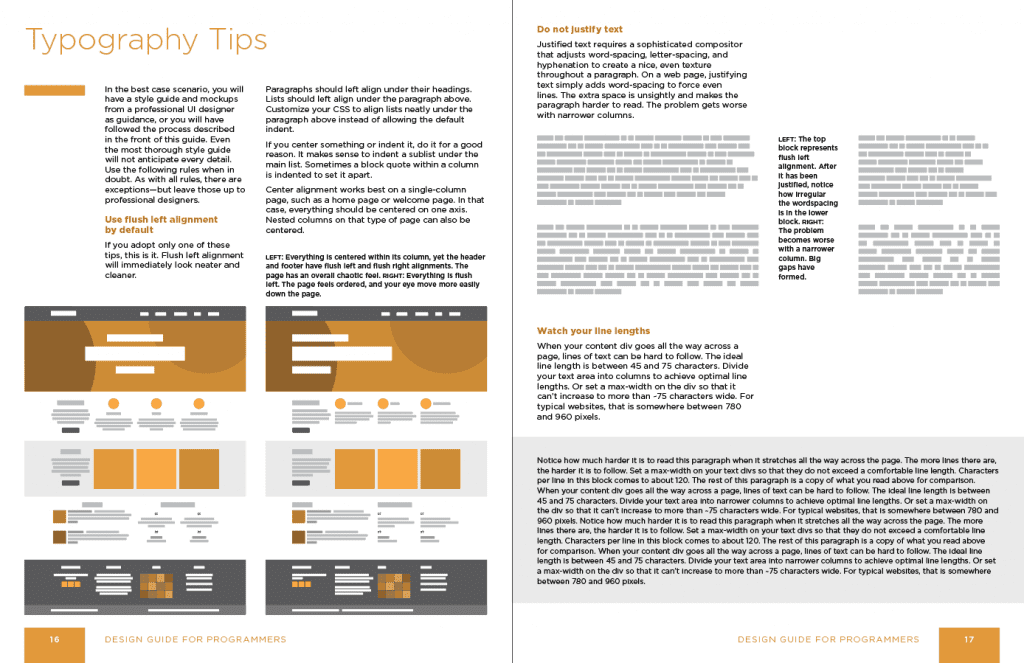Nuisance Wildlife Control Operators in Illinois
By Anderson Wiese, Founder Last year I blogged about Nuisance Animal Removal Permits for citizens of Illinois. For th Read more...

2wav is a design driven business. The definition of design is “to form or conceive in the mind for a definite purpose.” That means our projects start with asking questions, clarifying the purpose, and understanding the intended users.
As the creative director, my job is to design interfaces that are visually inviting, easy to use, and allow the user to achieve a goal or find information with a minimum of clicks.
We don’t rely on templates or frameworks for interface design. Although templates, frameworks, and libraries help us develop quickly without reinventing the wheel, we make sure that what the user sees is customized.
Each of our projects has a style guide that contains the logo, color palette, typography, icons, and key frame mockups. I work with the programmers to put specifications into terms that they can execute easily. We go through design reviews as the project proceeds.
As time went by, I found myself making the same corrections over and over, and thought it was time to codify them into one place for reference. The result is the Design Guide for Programmers, a 28-page booklet with my best practices. We are sharing the pdf document—download here.
The DGfP gives you a peak into the principles that lead to clean, attractive, engaging websites and apps that stand out from the ordinary. We appreciate you referring us when you become aware of such a project.
On the cover of the DGfP is a yin and yang symbol that exemplifies how design and programming are inextricably intertwined. Bits and bytes are brought to life when a human can interact with them.
The 2wav team knows that we can’t be the best choice for every technology project. However, we think we are the best team for savvy clients that appreciate the thought we put into design. From the inside out, we keep our minds engaged during development so that the end product solves real problems for real people.


Sample spreads from the Design Guide for Programmers—download here.